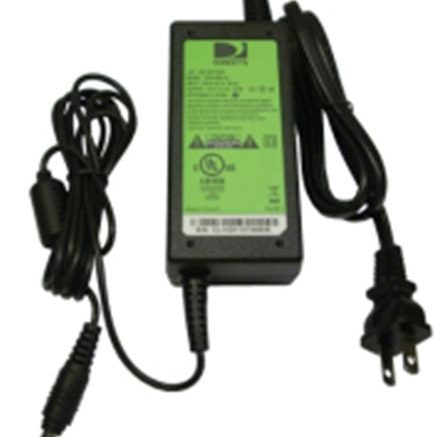One of the more annoying parts of our modern tech-filled life is the fact that most of our toys need to be plugged in daily. To make matters worse, most of them come with chunky power adapters. The question becomes then, whether or not it’s ok to leave these wall warts plugged in all the time, because it’s kind of a pain to unplug them and put them in a drawer all the time.
But is it worth unplugging them?
The answer is up to you really, but ask yourself… are you the sort of person who would leave a 100-watt light on all day and all night? Believe it or not, the wall warts that you leave plugged in could be using as much power as that 100-watt bulb. Not each one of course but when you add them all up, I wouldn’t be surprised. After all, you have your phones, your tablets, and several other gadgets, right?
Here’s how I can prove it to you. Every electrical device tells you how many volts and amps it uses if you look. It’s somewhere on the charger, usually in tiny writing. An iPad charger uses 5.1 volts at 2.1 amps. Multiply volts by amps and you have watts, in this case 10.71 watts. Add up all the watts used by all your chargers… is it over 100? I bet it is. There’s your proof.
It’s worth mentioning that just because your device is smart enough not to draw power when not in use doesn’t mean your charger isn’t sucking power 24/7. You can prove it by using a Kill-a-Watt device, but take it from me, every charger you have is pulling a least a little power into it whether it’s providing a vital service or not. Some chargers and wall warts are smart enough to step down if they’re not actively being used for anything. Others are not. It’s not really possible to tell without testing which ones are that smart.
What can you do?
Well, unplug those wall warts, of course. That is a drag, so perhaps another option is to put them into a switched power strip and just turn the strip off. Or, attach that strip to a smart outlet and set a schedule for it to turn on and off.
Look, I won’t promise a massive return on investment here, because at the moment, electricity is cheap. Still, with electric blankets and baseboard heaters pumping up your bill in the winter and air conditioners pumping it up in the summer, isn’t it nice to know there’s something that you can do to keep your costs under control?
Honestly though, I would do nothing unless you have something that is drawing much more power than you really need it to. Some old computer power supplies will draw 250 watts even when nothing’s being used. Some amplifiers can draw 500 watts just by being on, even if there’s no sound being produced. Power adapters like that are worth taking a look at. Others, perhaps, are not worth the annoyance and aggravation for the potential to save a few pennies.





